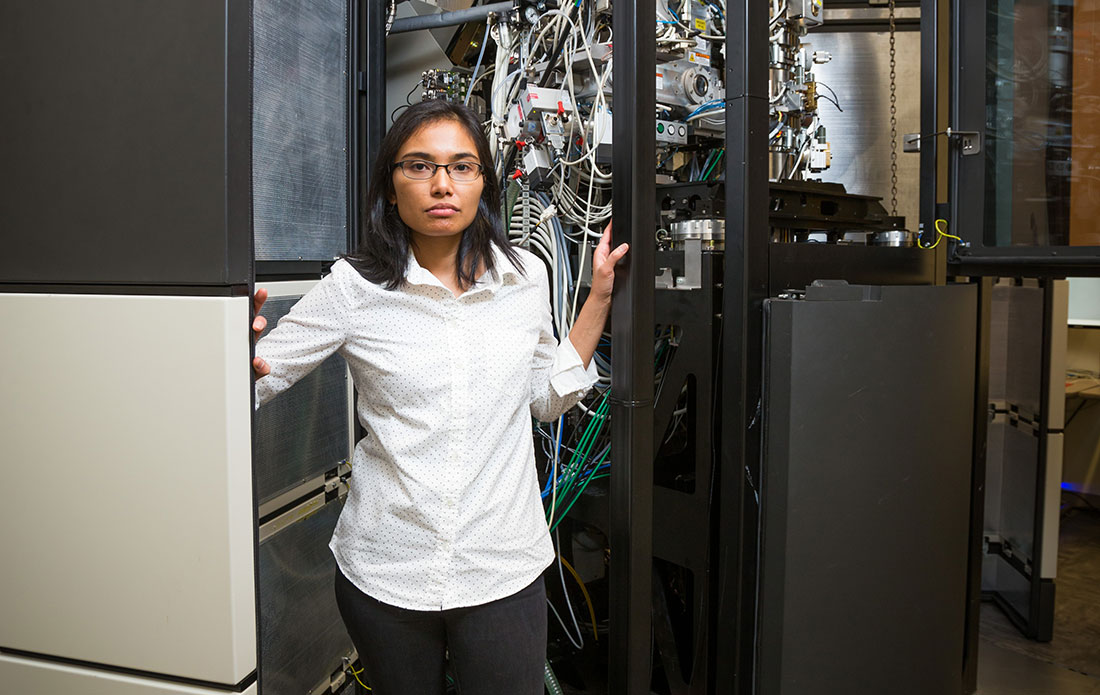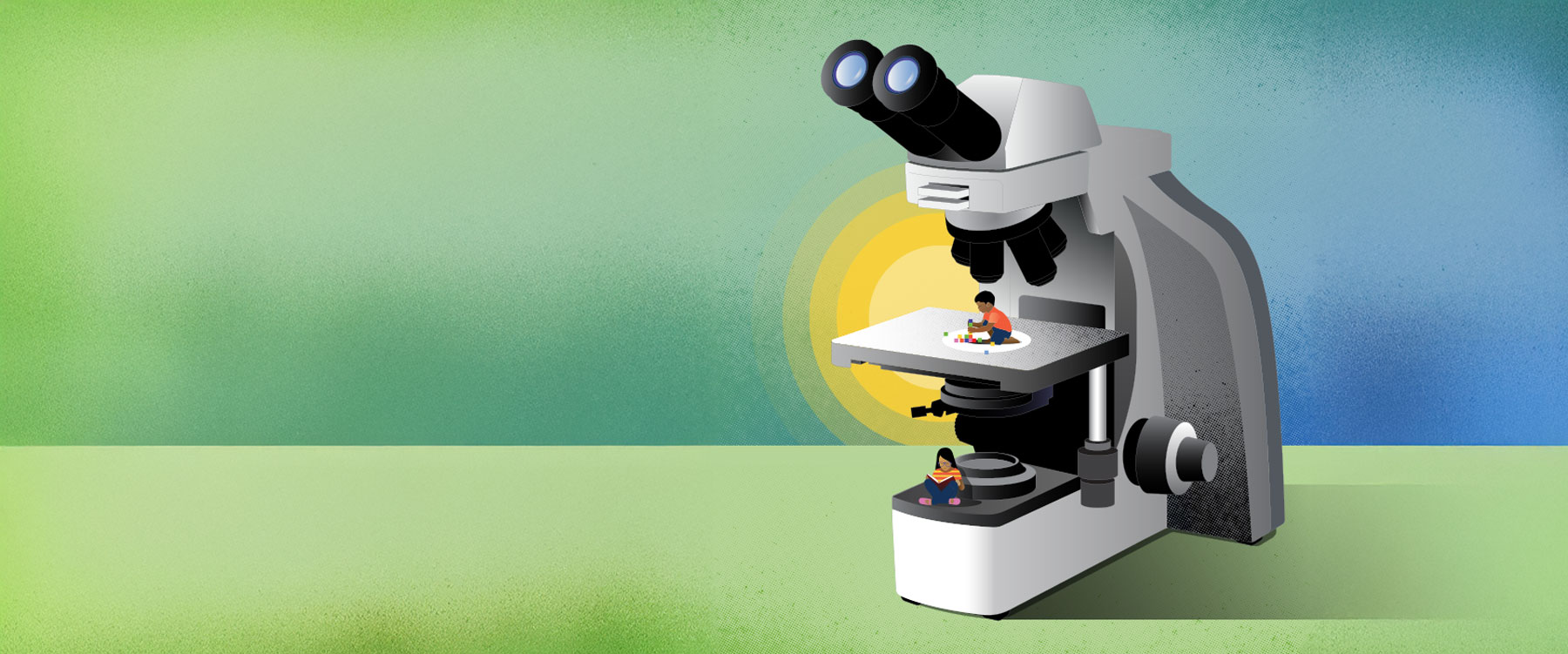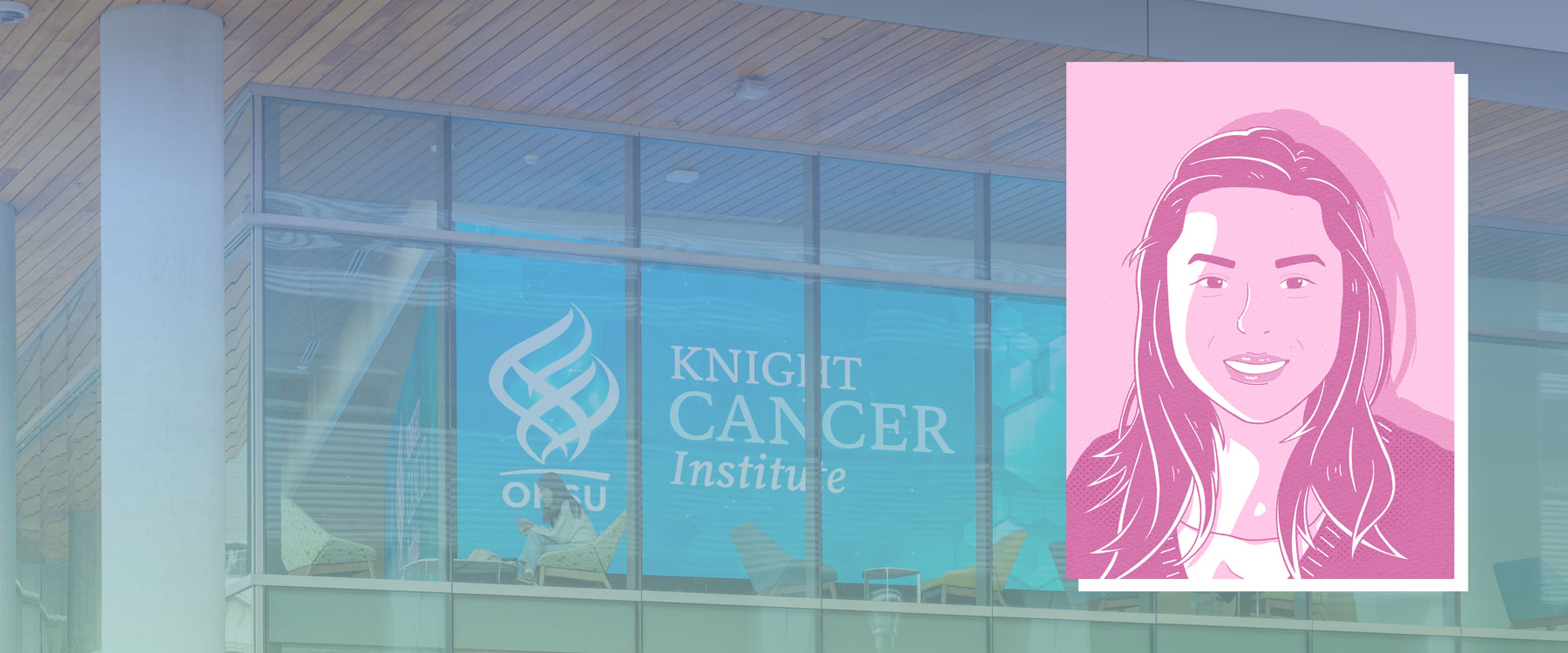Cryo-EM is a new imaging technology being used at OHSU that allows researchers to zoom in on cells at nearly the atomic level. Here are a few of the places where cryo-EM is making an impact at OHSU.
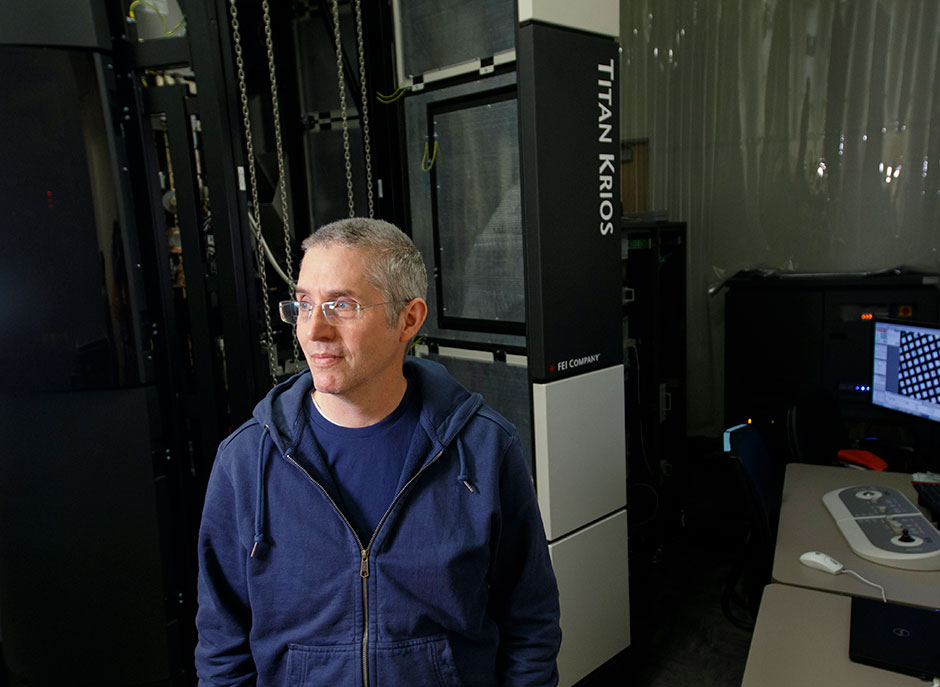
Neuroscience
In the Gouaux lab, investigators are using cryo-EM to study the structure and function of chemical synapses in the brain, which can become disrupted in cases of disease or injury. Their insights will be used to develop new therapies for conditions like Alzheimer’s and Parkinson’s. Eric Gouaux, PhD, is a professor and senior scientist in OHSU’s Vollum Institute.
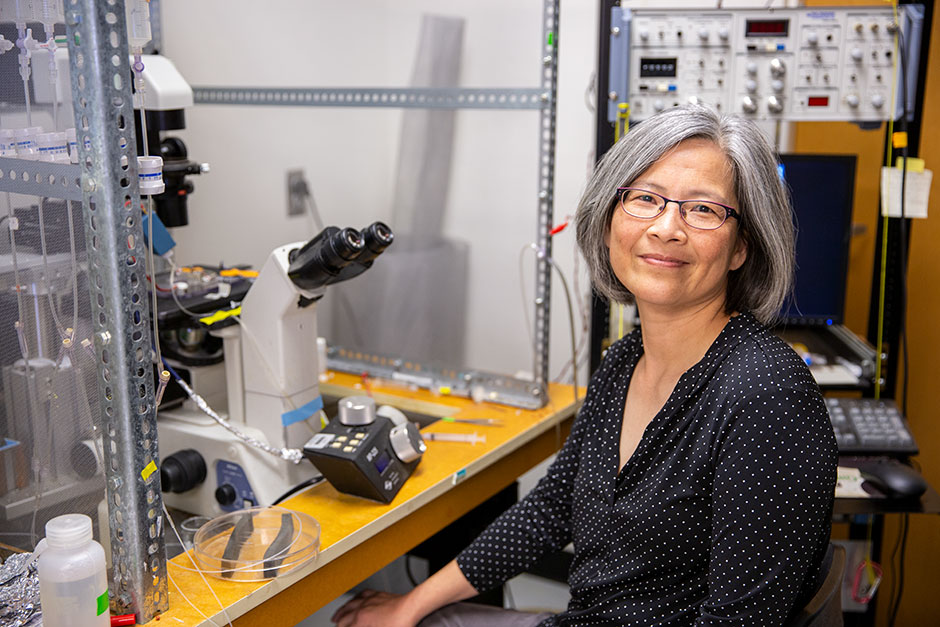
Diabetes
In the Shyng Lab, cryo-EM is helping to reveal how gene mutations disrupt the release of insulin. For the first time ever, Show-Ling Shyng’s team has been able to obtain high-resolution, 3-D images of the channels that control insulin release. This will lead to better treatments to combat diseases like diabetes. Show-Ling Shyng, PhD, is a professor of biochemistry and molecular biology in OHSU’s School of Medicine.
Read more about Show-Ling Shyng — her life’s journey and scientific research.
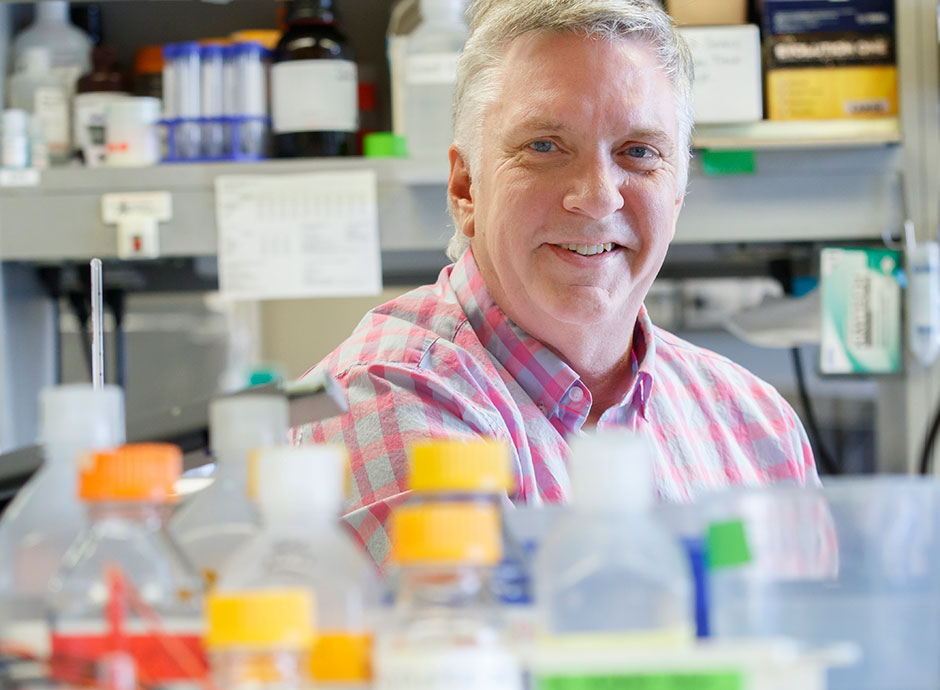
Hearing
Peter Barr-Gillespie’s lab uses a variant of cryo-EM called electron cryotomography, which uses the same instruments to look in detail at small parts of cells. Peter Barr-Gillespie, PhD, is OHSU’s chief research officer. He uses electron cryotomography to examine the structure of stereocilia, the parts of the ear’s sensory cell that respond to sound.
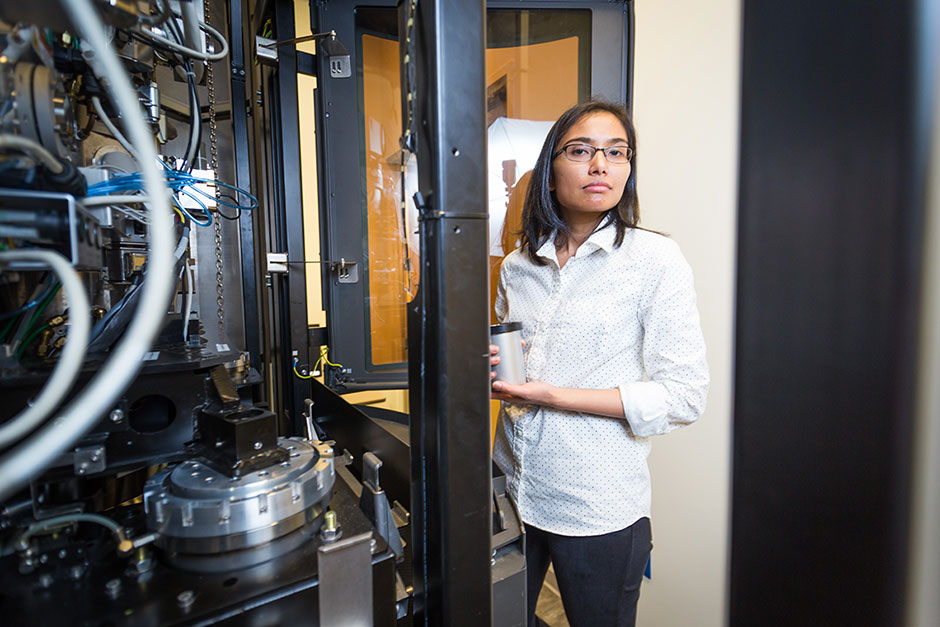
Hypertension
In her lab, structural biologist Isabelle Baconguis, PhD, an assistant scientist in OHSU’s Vollum Institute, is using cryo-EM to study the sodium channels that control the amount of salt in the human body. Understanding what those channels look like can lead to more targeted drugs for conditions like hypertension. “It’s uncharted biomedical science,” said Baconguis.
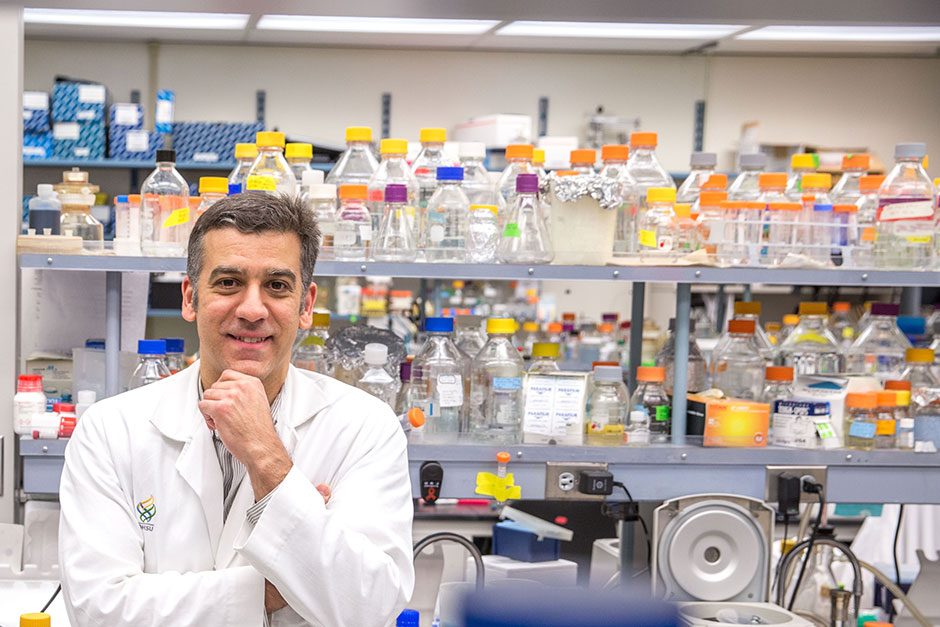
Heart health
Cardiologist Steven Mansoor, MD, PhD, is an assistant professor in the Knight Cardiovascular Institute within the OHSU School of Medicine. He’s leading a research effort using cryo-EM to view the structure of receptors whose activation can trigger blood vessel inflammation and platelet aggregation, leading to coronary artery disease. “This will allow us to design treatments that can prevent over-activation of these receptors, decreasing heart attacks and plaque burden,” he explained.
Want more? Learn about cryo-EM and the impact of philanthropy on this cutting-edge technology.
